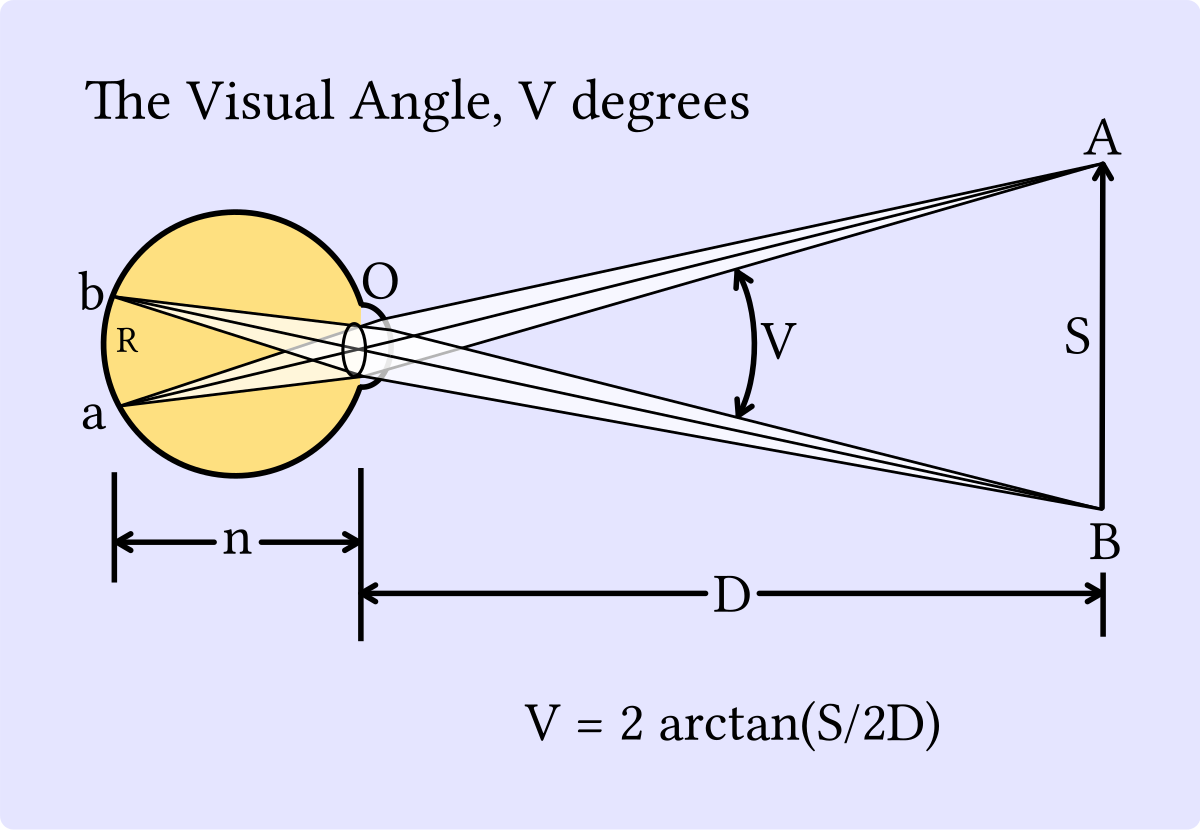Horse wrote: ↑Sun Nov 26, 2023 4:36 pm
Noggin wrote: ↑Sun Nov 26, 2023 2:44 pm
Mr. Dazzle wrote: ↑Sun Nov 26, 2023 8:20 am It's cause it looks like it's not getting closer until suddenly it's getting closer very quickly!
I was seriously horrified at how late I saw it.
There's a vision thing called 'looming'. It's one of the ways we determine how we are getting closer. Simply, smaller = further away.
But, as you'd expect, it's more complicated than that

When (if!) you see someone relatively small, like a car, it is just a 'dot in the distance' and is unlikely to be moving relative to the background. That's motion (or lack of) camouflage.
As you get closer, it will still be a 'dot' because it is only covering a small part of your retina. But when much closer, it will expand on the retina and 'pop out' - that "oh deary me" moment.
Well, this took a bit of finding. For an object 6 ft wide. See the pop-out Dazzle mentioned?

- image size view distance.JPG (34.1 KiB) Viewed 610 times
Florida Highway Patrol
Emergency Lighting Research & Prototype Evaluation
March 2004
Lieutenant James D. Wells, Jr.
The imminence of collision with an object is specified in the optical flow field by an explosive rate of magnification called looming17. If a driver approaches a stopped vehicle ahead at a constant speed, this is accompanied by an accelerated rate of magnification. This explosive rate of magnification called looming has been studied to determine how it might provide time-to-contact information. Optical time-to-contact is called tau and tau at any given point in time of approach is equal to the instantaneous visual angle of an object to the driver's vantage point (in units of radians or degrees of visual angle), divided by angular rate (given in units of radians per second or degrees per second). This ratio yields seconds of time-to-contact. In physical (rather than optical) terms, this equates to range (in meters or feet) divided by range rate (in meters/second or feet/second), the ratio of which also yields seconds to contact. This is currently an area of research and evidence exists that people may use tau, optical expansion rate alone, or some combination of visual angle and expansion rate other than tau18. What is clear is that a) looming is a critical cue to collision, b) to avoid hard contact, looming must be cancelled through braking action or else the driver must steer away from the object.
The rate of change in image size depends on both speed of approach and viewing distance20. Consider Figure 1, which shows how the visual angle an object subtends at the driver's vantage point changes with viewing distance. This figure assumes a 6-ft wide vehicle viewed from an initial separation distance of about 1000 ft. The first point to note is that the relationship between object size and distance is highly non-linear. The second point to note is that the image size of the object does not change much for most of the approach, even though it doubles with every halving of the viewing distance. At 1000 ft, the object subtends about 0.006 radians or one-third of one degree of visual angle. At 500 ft, the image size doubles to about 0.012 radians or two-thirds of one degree of visual angle. At 250 ft it doubles again. Because of this nonlinear relationship, drivers may not realize they are closing in at high speed until quite close to collision.

